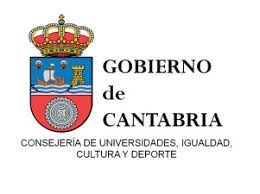Esteban Soler, Hipólito. “Configuración y lectura de ‘El fulgor y la sangre’, de Ignacio Aldecoa”. Málaga: Universidad de Málaga, 2007.
DOI:
https://doi.org/10.55422/bbmp.707Keywords:
El fulgor y la sangre, Ignacio Aldecoa, Symbology, Literature, Intrastory, Daily lifeAbstract
Hipólito Esteban Soler analyzes the narratology of El fulgor y la sangre, by Ignacio Aldecoa, critically and precisely. In Aldecoa's work, subjectivity and objectivity are mixed and the intrahistory of marginal characters is captured, making the day-to-day very significant due to the way it is narrated. The characters are not trivial, but complex, as well as their daily challenges and moral crossroads. It is a clear example of social literature. On the other hand, there are various symbolisms in the work and there is a special treatment of objects and animals. Regarding its internal and formal structure, a perfect cohesion between all the parts and an ending that oozes humanism and existentialism is clearly seen.
Downloads
Publication Facts
Reviewer profiles N/A
Author statements
Indexed in
- Academic society
- Sociedad Menéndez Pelayo
- Publisher
- Sociedad Menéndez Pelayo
Global Statistics ℹ️
|
202
Views
|
60
Downloads
|
|
262
Total
|
|
Downloads
Published
How to Cite
Issue
Section
License
Copyright (c) 2022 Amparo Quiles Faz

This work is licensed under a Creative Commons Attribution-NonCommercial 4.0 International License.







